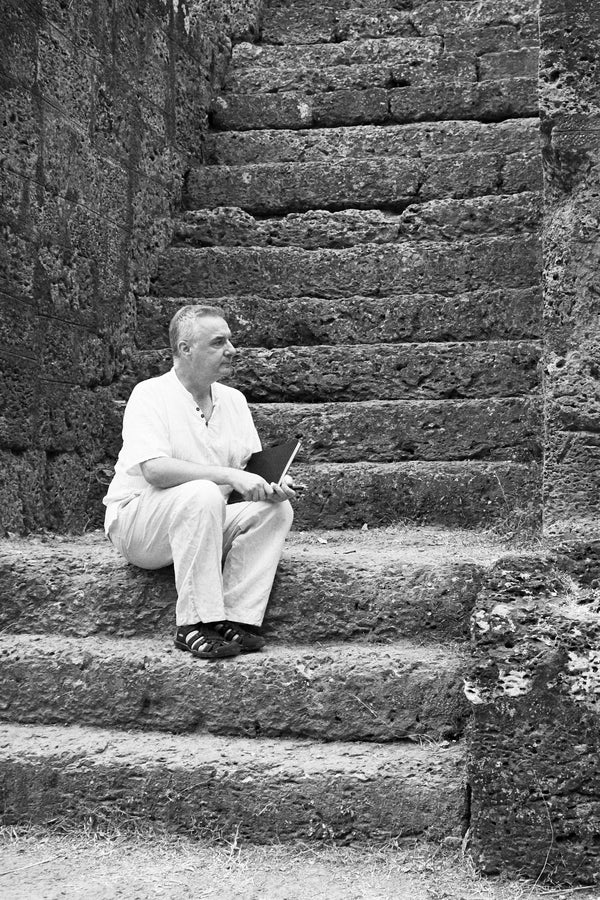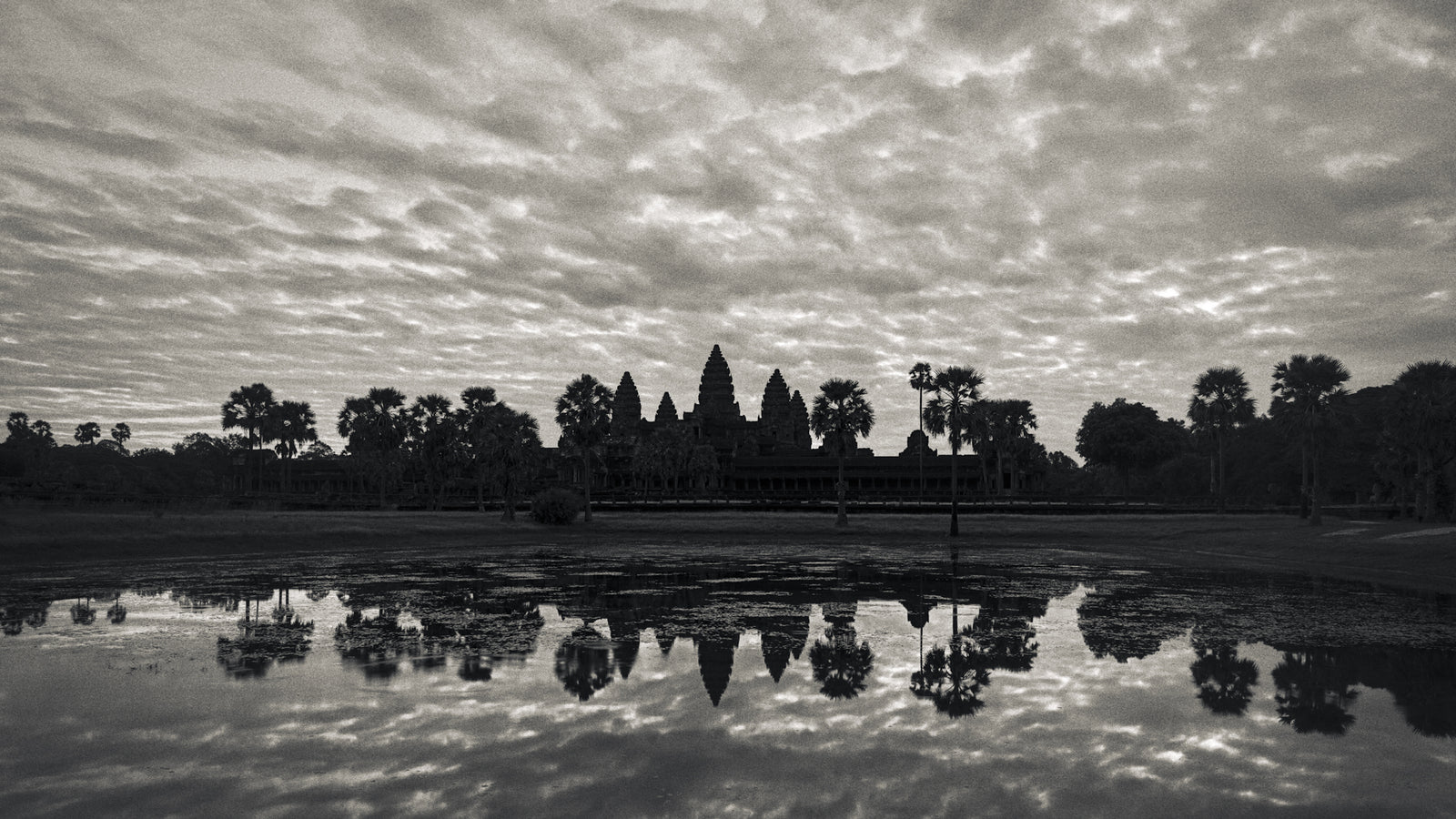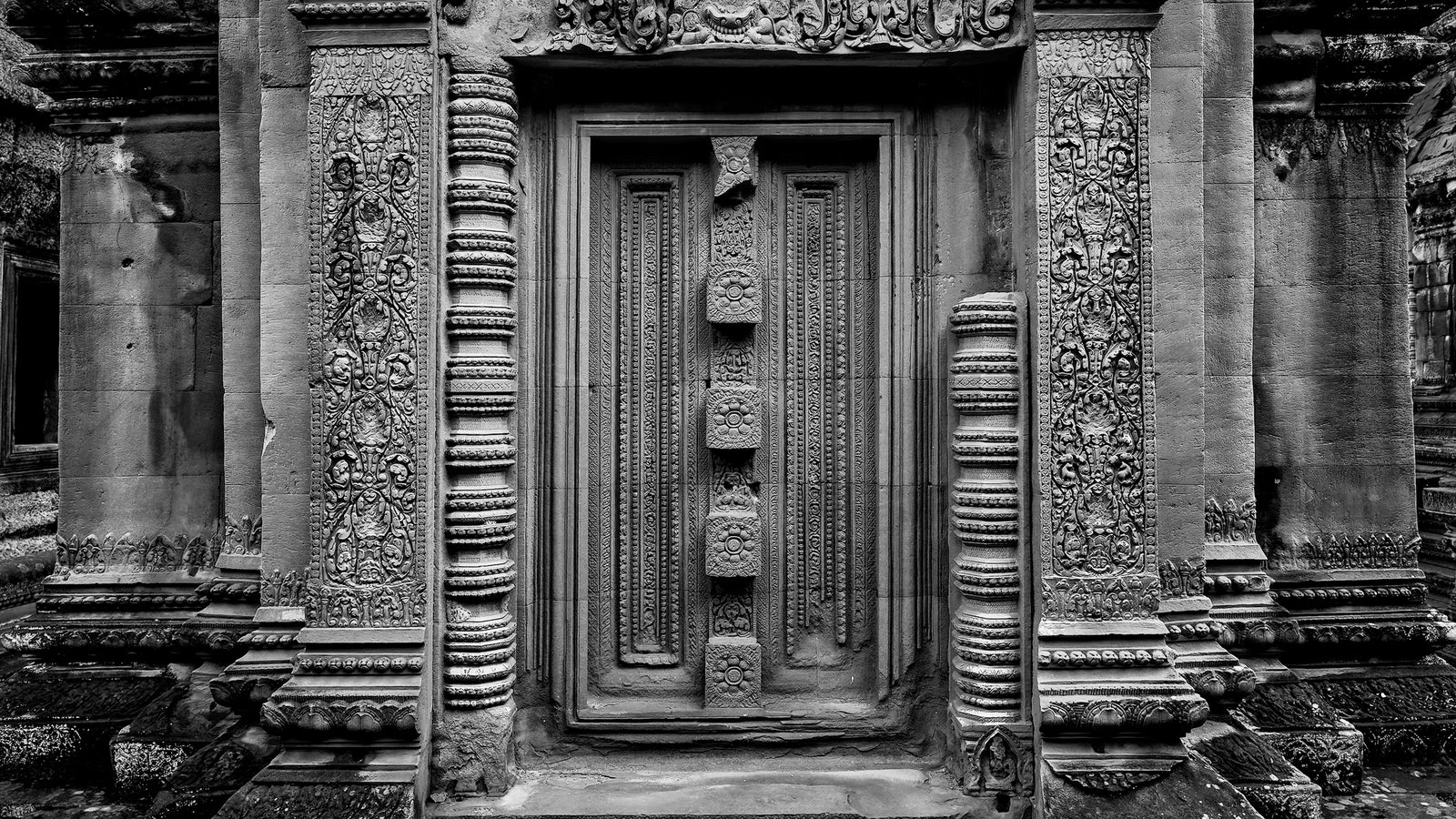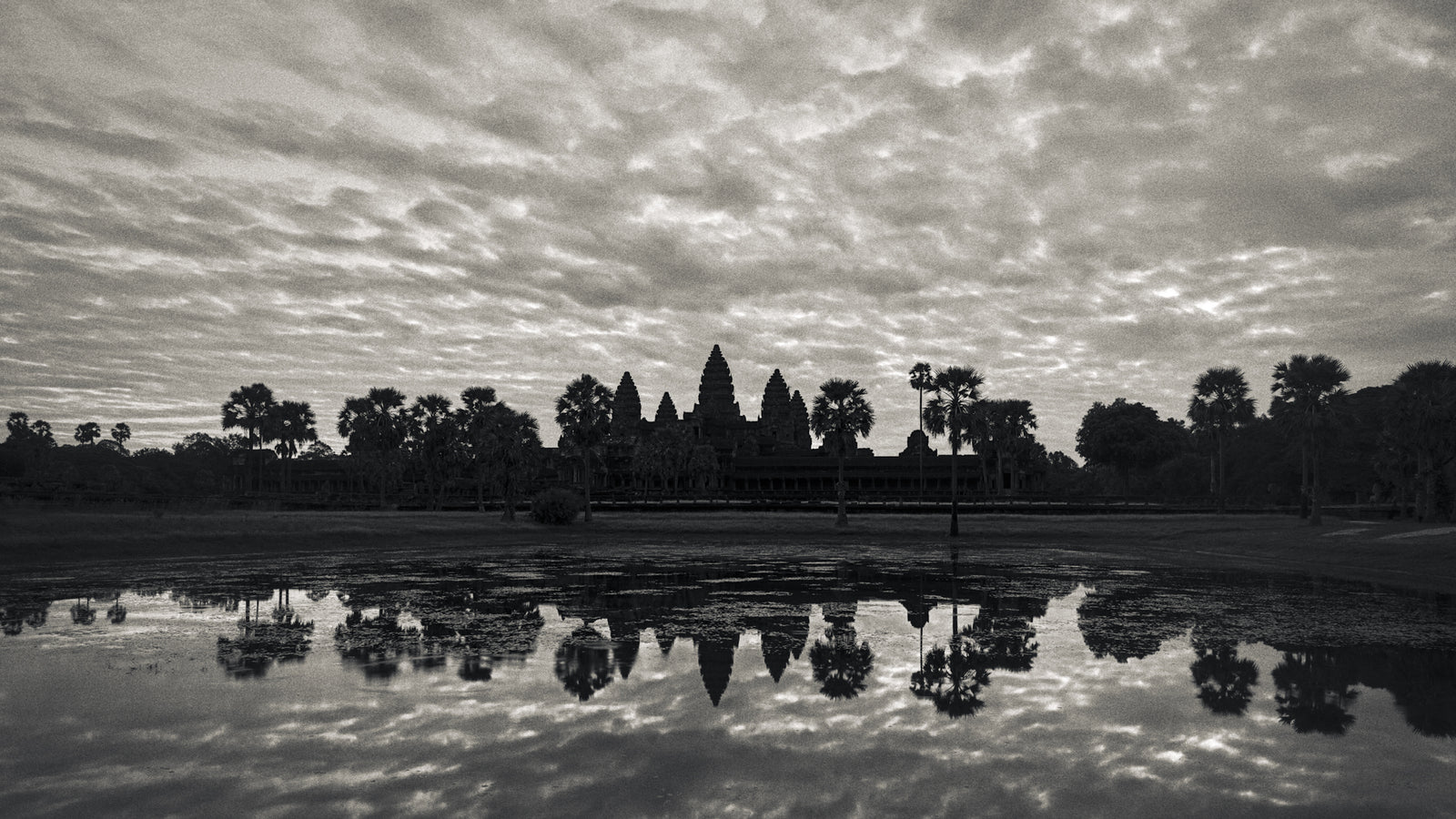Complimentary worldwide shipping on orders over $400 · No import tariffs for most countries
Complimentary worldwide shipping on orders over $400 · No import tariffs for most countries
Vedic Gods
1 min read
Circa 2500 to 1700 BCE, the fair-skinned Aryan invaders (Aryan means 'noble') brought to India a pantheon of Vedic gods led by Rudra, a forerunner (or prototype) of the future Shiva, and their language (Sanskrit).
The Aryans were nomads. Their warrior god Indra is often called ‘the destroyer of cities. They worshipped several gods ruling over the natural elements, as opposed to the gods and spirits worshipped by the populations they conquered which were based on the cult of the land.
Gods representing the skies, the moon, the sun, the wind or fire dominate the Vedic pantheon.
The Vedas (the books of Knowledge), the most ancient collection of hymns and verses devoted to religious matters, constitute the basis upon which Hinduism developed. The Rig Veda, the oldest and most famous of the four Vedas, describes the original pantheon of Vedic gods. The manifestation of reality under a diversity of forms is a central theme of the Vedas.
The Aryans also brought to India the Varnas ('colours’), a caste system based on corporations: the Brahmins (priests), the Kshatriyas (warriors), the Vaishyas (traders, peasants) and the Shudras (servants).
The Dravidians, inferior people who could not be members of a caste, were probably the conquered population. They were despised by the Aryans for being ‘dark-skinned’. A combination of the Aryan and Dravidian religious traditions formed the basis of Hinduism.
Also in Angkorpedia
Join My Studio Journal
Receive occasional letters from my studio in Siem Reap—offering a glimpse into my creative process, early access to new fine art prints, field notes from the temples of Angkor, exhibition announcements, and reflections on beauty, impermanence, and the spirit of place.
No noise. No clutter. Just quiet inspiration, delivered gently.
Subscribe and stay connected to the unfolding story.

Join My Studio Journal
Receive occasional letters from my studio in Siem Reap—offering a glimpse into my creative process, early access to new fine art prints, field notes from the temples of Angkor, exhibition announcements, and reflections on beauty, impermanence, and the spirit of place.
No noise. No clutter. Just quiet inspiration, delivered gently.
Subscribe and stay connected to the unfolding story.



